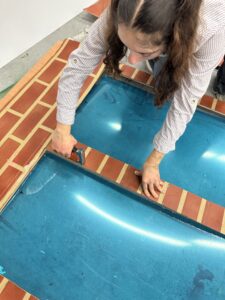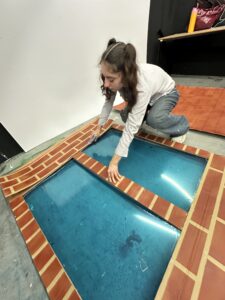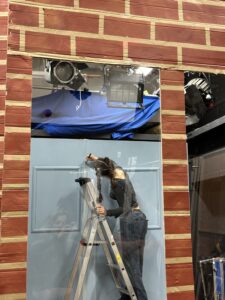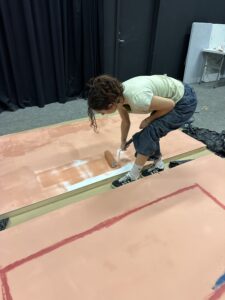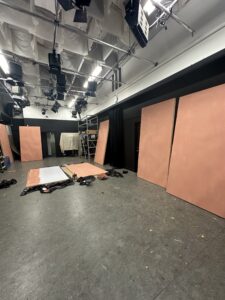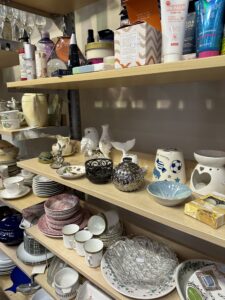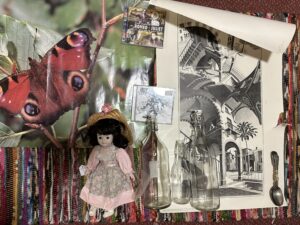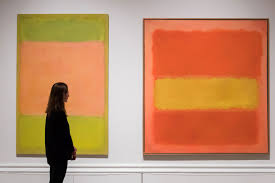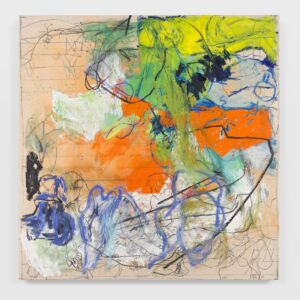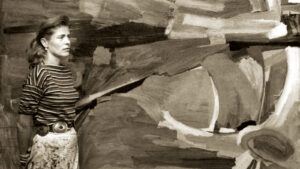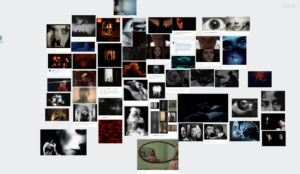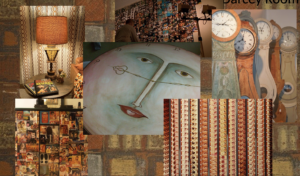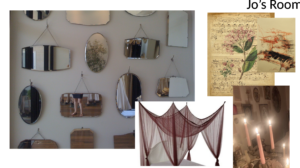In week 11, my job concluded as the crew who wrapped up the last day of filming was able to break down the set and clean up. I wasn’t on the call sheet that day, so my role effectively was finished.
Overall, I am incredibly grateful for my experience on Felicity’s set, and super excited to see where the film goes! Not only did I learn more about work ethic, and gained experience on set, I really was able to grasp how to execute a director’s artistic vision and how to take constructive criticism when it comes to bringing a mental image to life. The connections I made on set were extremely enriching, and working closely with Roisin and Jalila was truly a pleasure and we had great teamwork.
While working on Hope’s set never came to fruition, I am super excited to see the final product of her film! Overall, this worked out in my favor because my jobs would’ve overlapped schedule wise, and I would not have been able to commit 100% to either. By having a heavier job in terms of responsibilities on a singular set, I was able to devote my time and energy to Felicity’s project, and deliver a better final product of work.
This year, and especially this semester, has been super educational and eye opening to my opportunities and future as a creative and I could not be more grateful.

